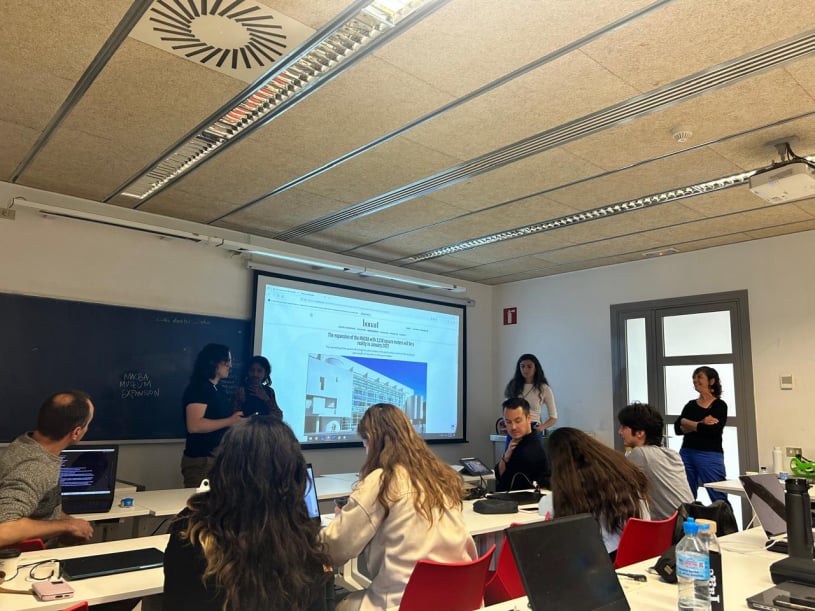
Designing from within our context involves:
1. Understanding the context: This includes researching and gaining insights into the environment, culture, social dynamics, economic conditions, and other factors that define the context.
2. Identifying needs and challenges: Through observation, interviews, and other research methods, designers seek to understand the needs, problems, and aspirations of the people within the context.
3. Co-creation with stakeholders: Involving stakeholders such as end-users, community members, and local experts in the design process ensures that solutions are relevant, acceptable, and sustainable within the context.
4. Adaptation and customization: Rather than imposing preconceived solutions, designers adapt their approaches to fit the specific context, taking into account factors such as local materials, traditions, and available resources.
5. Empowering local capacity: Designing from within the context often involves building the capacity of local communities or organizations to continue innovating and solving problems on their own, fostering long-term sustainability.
